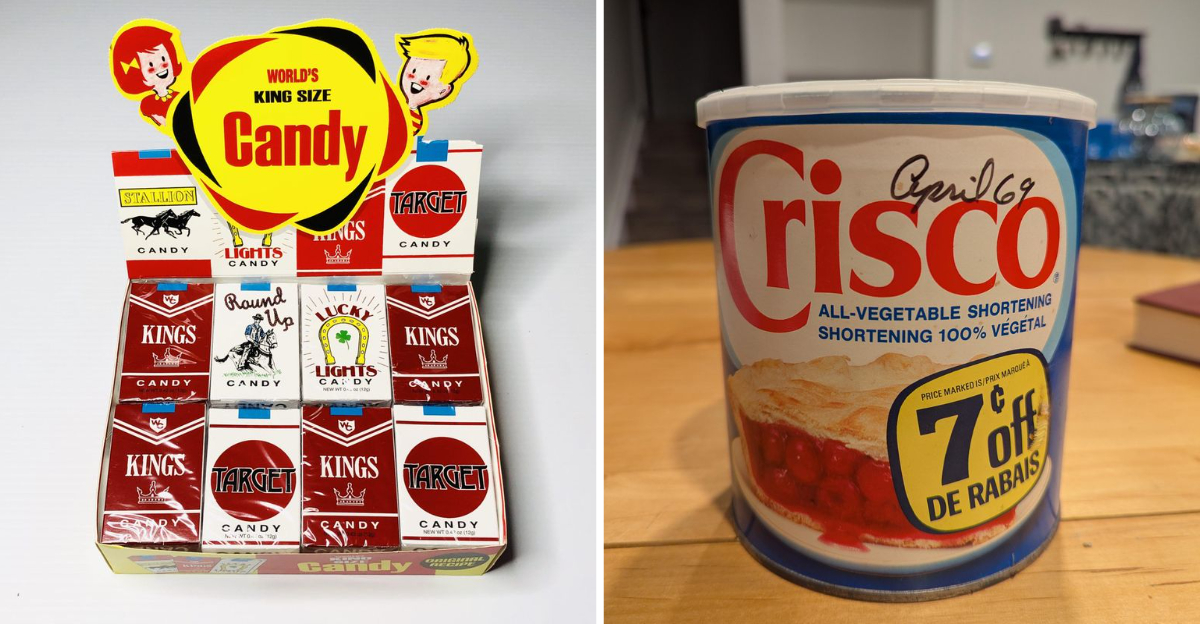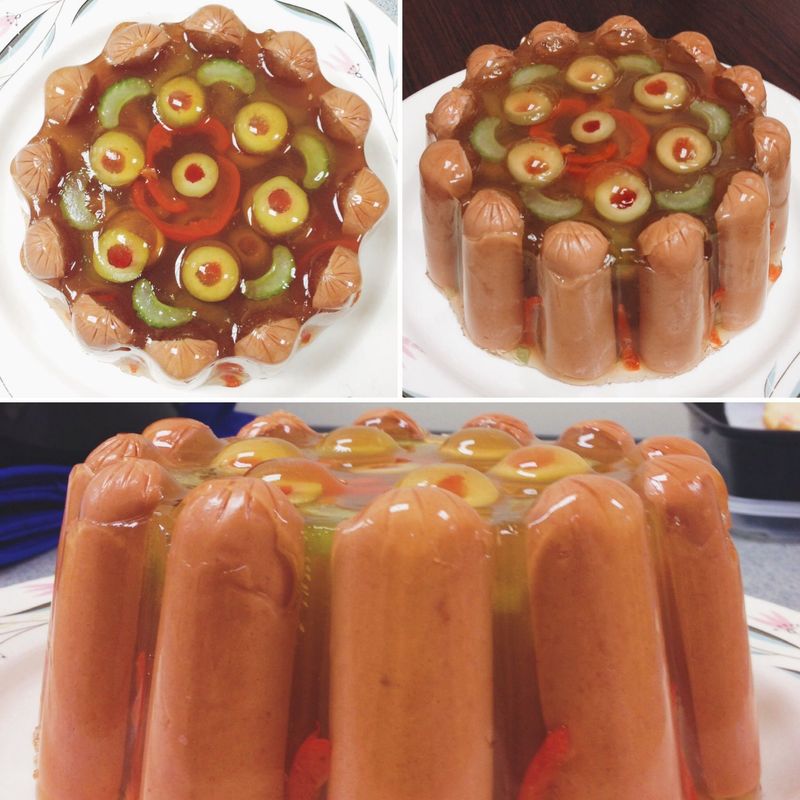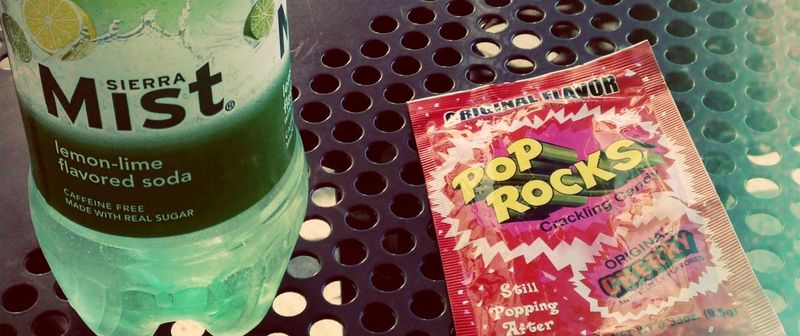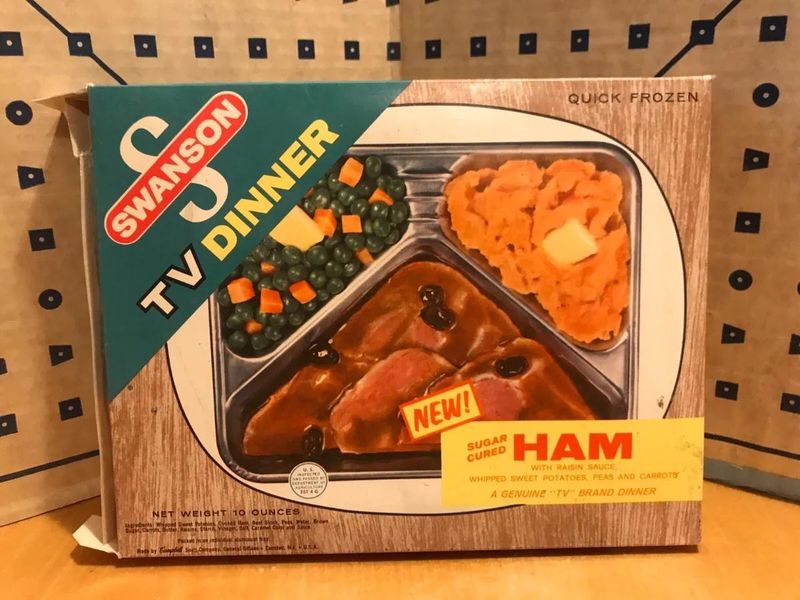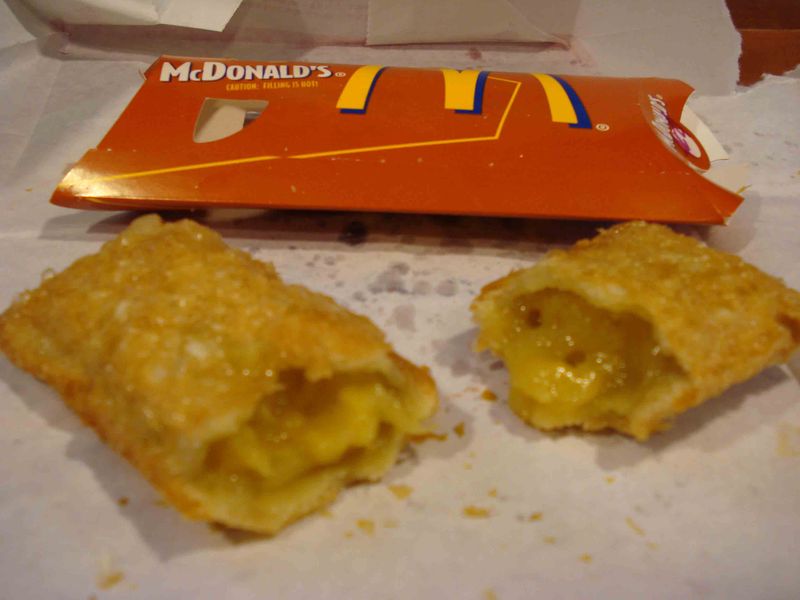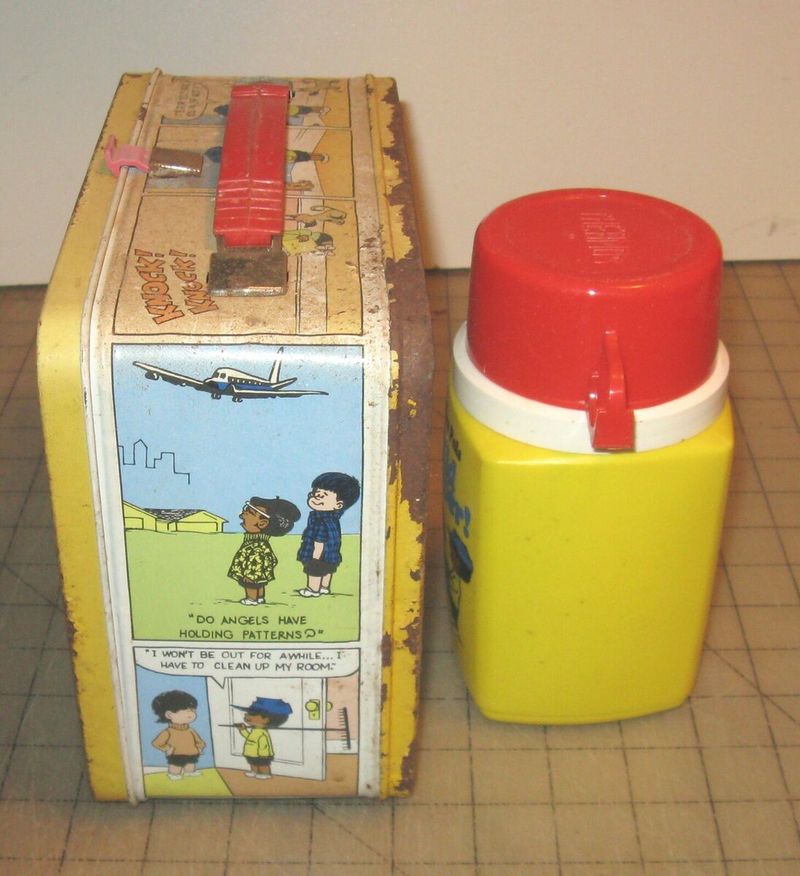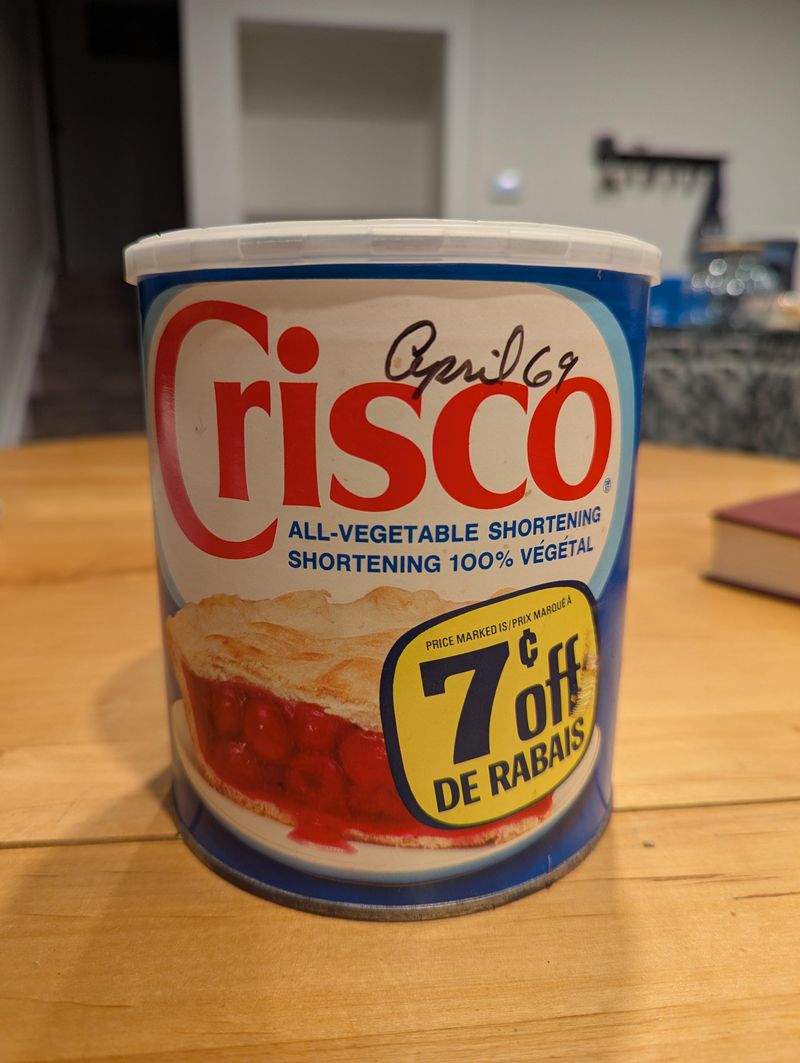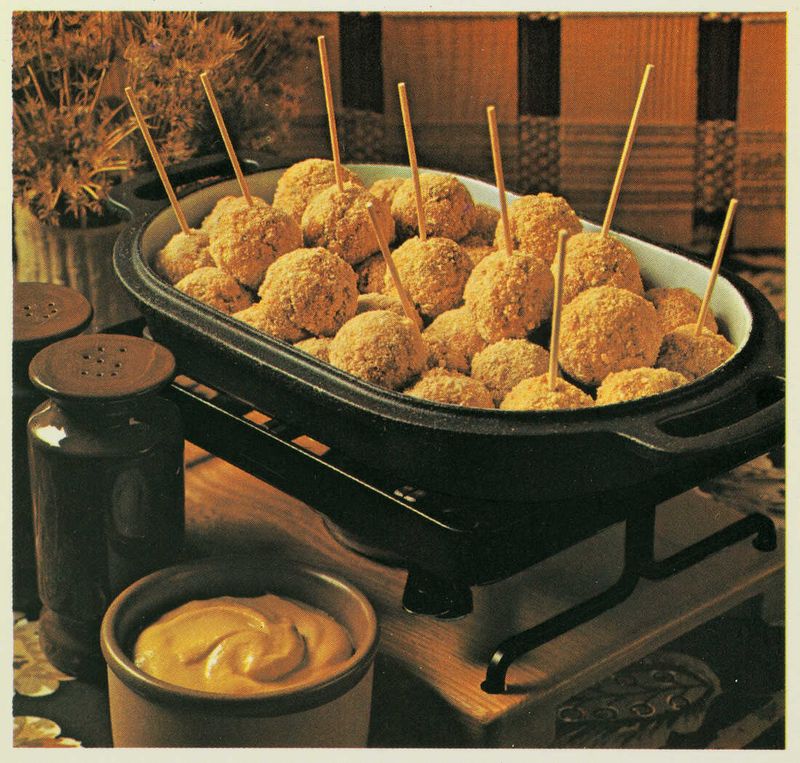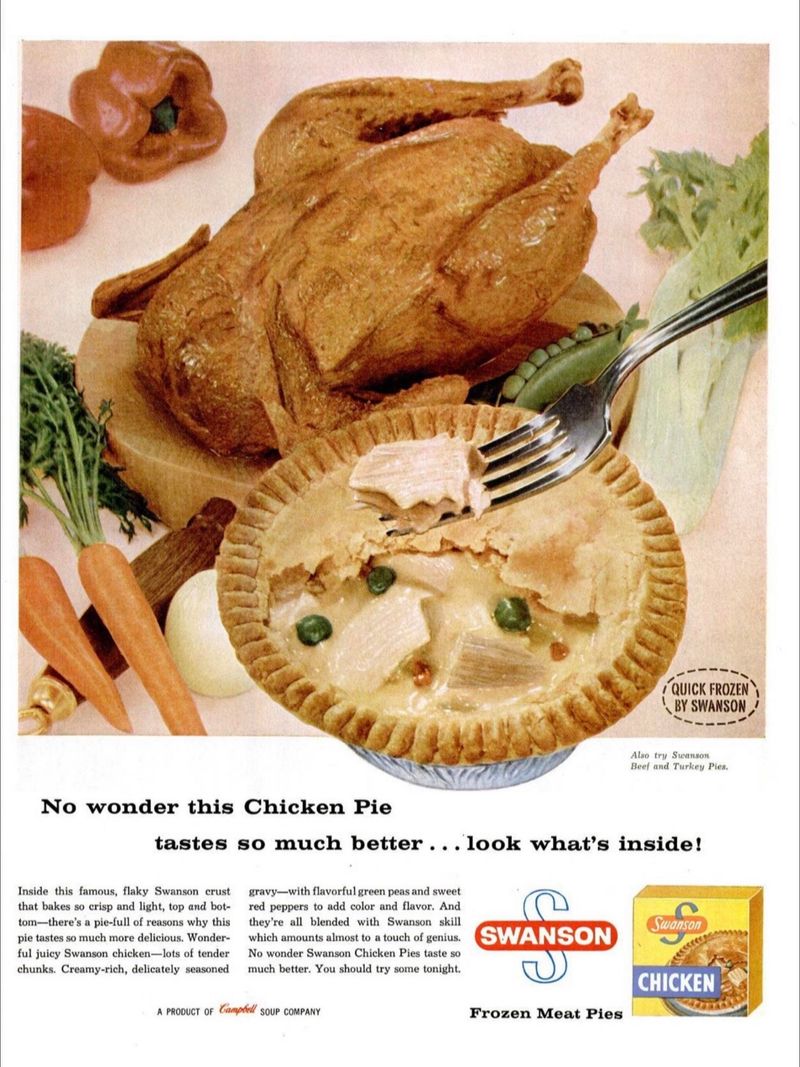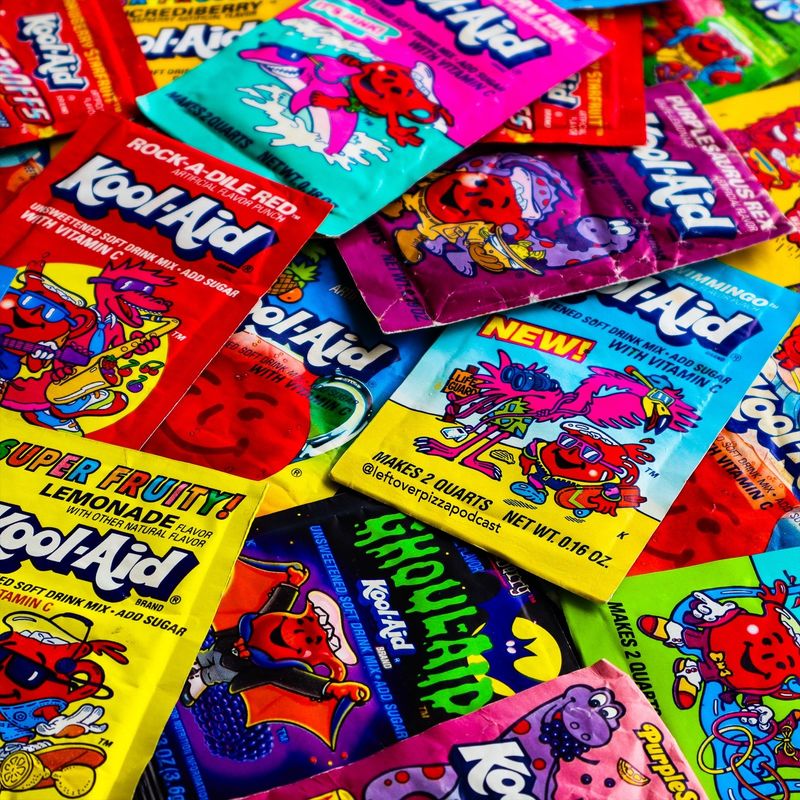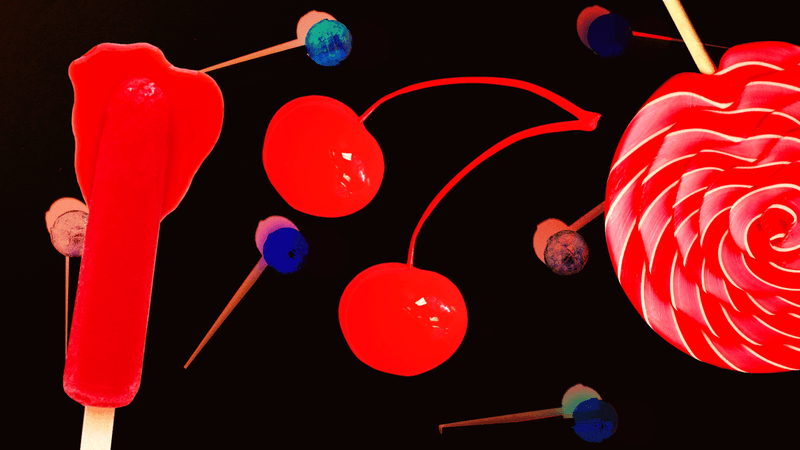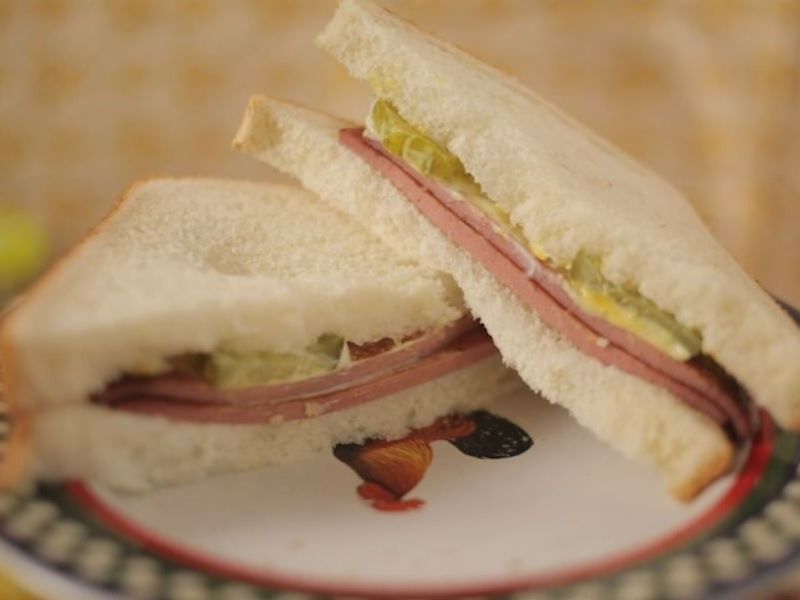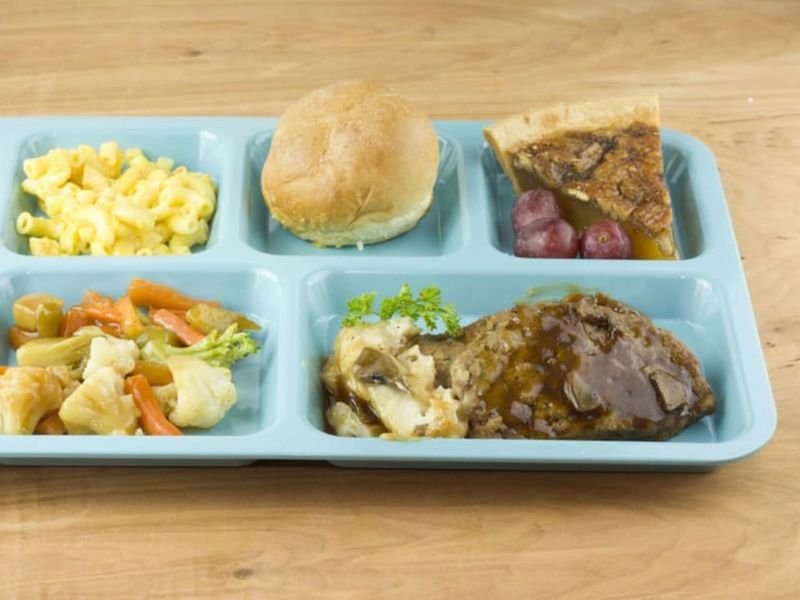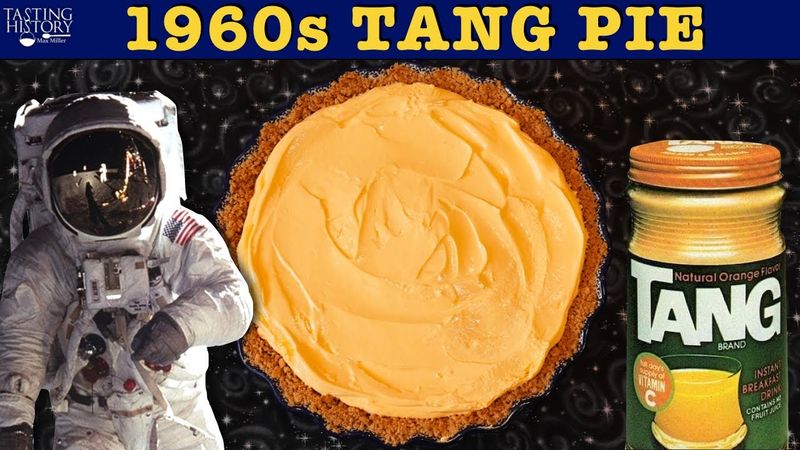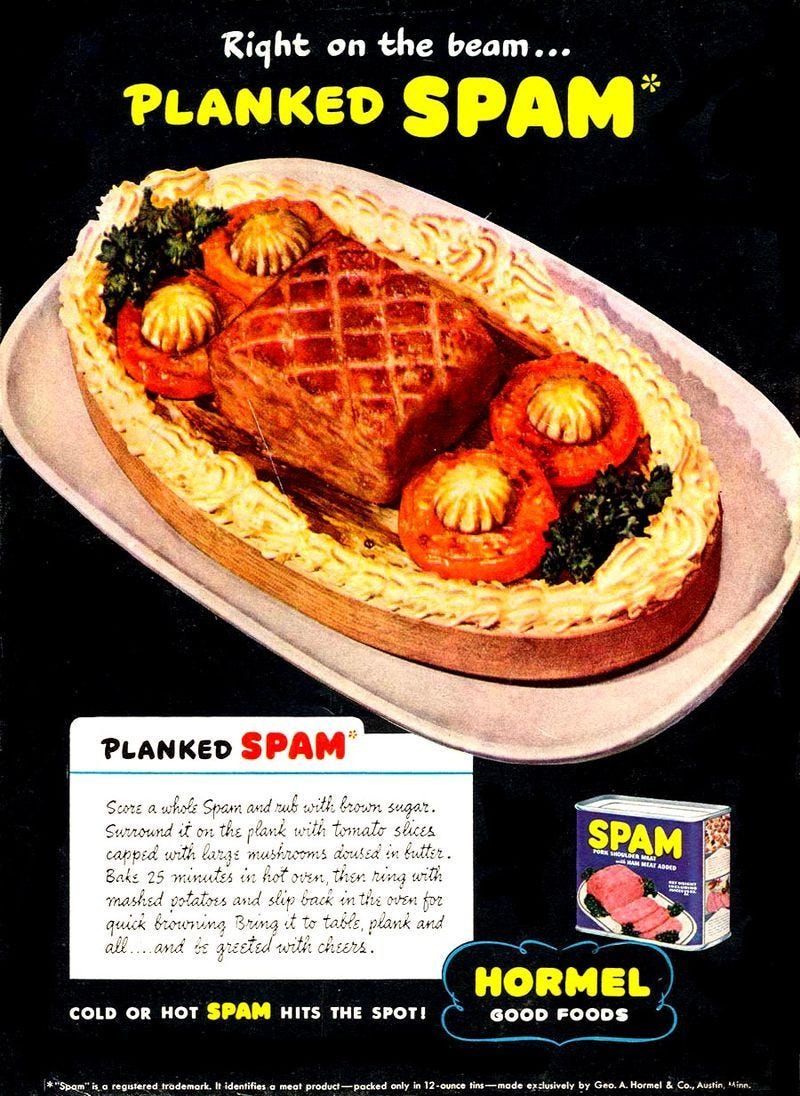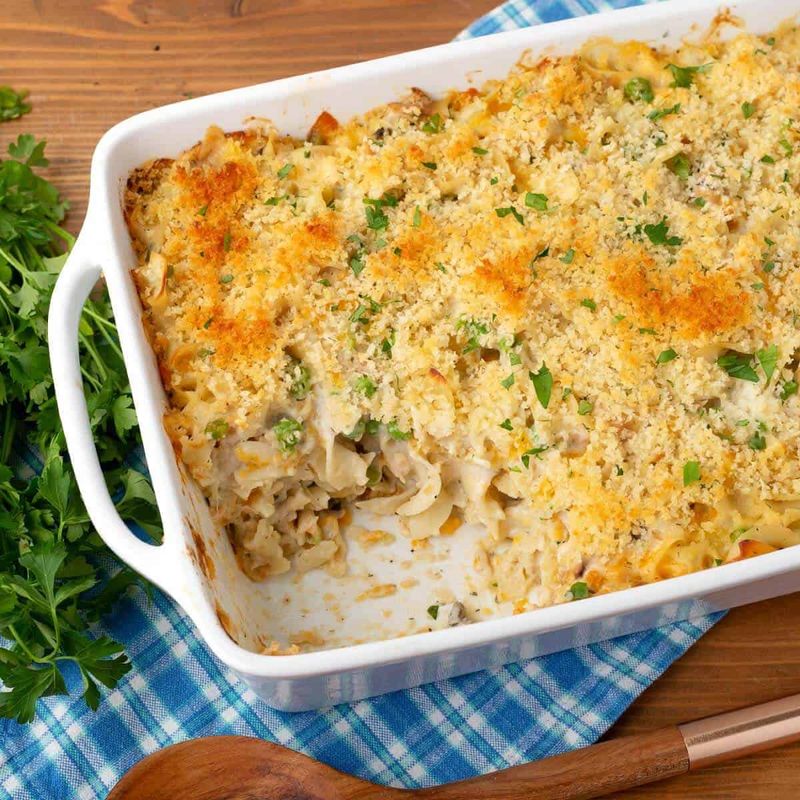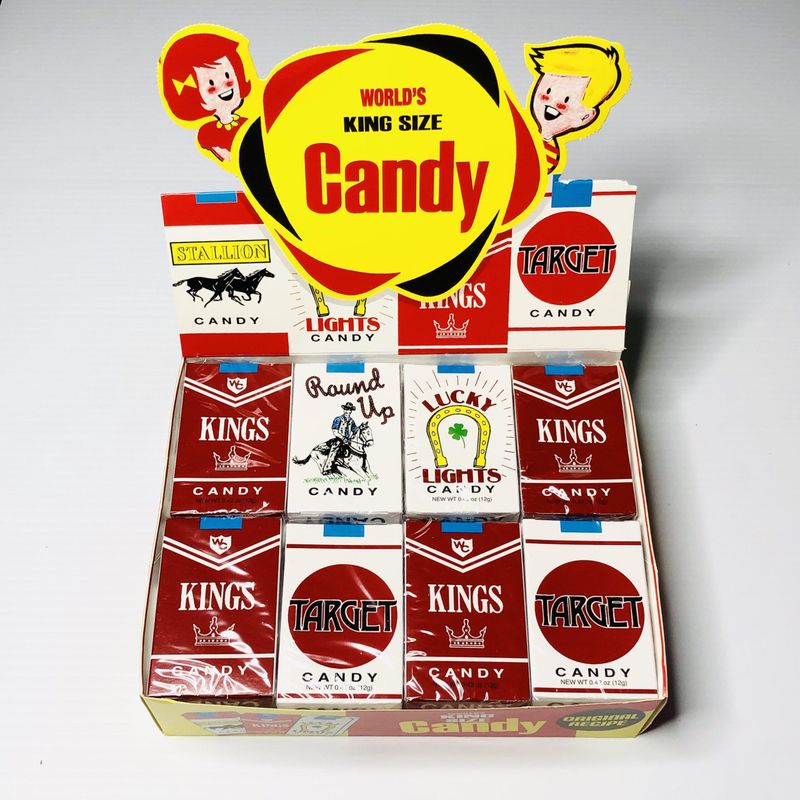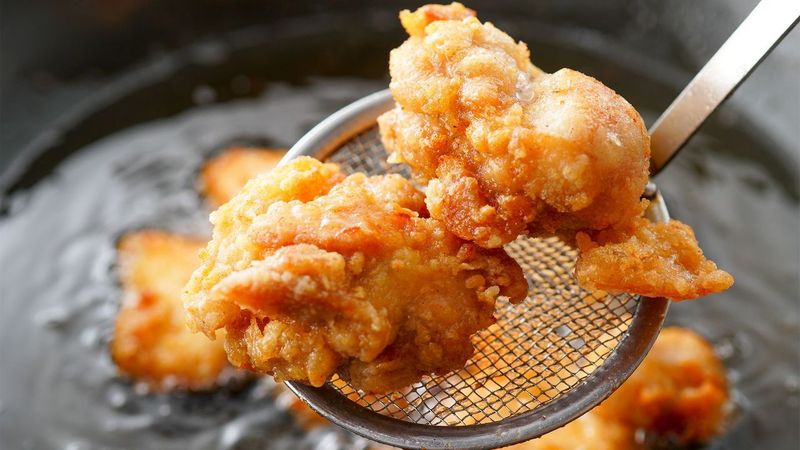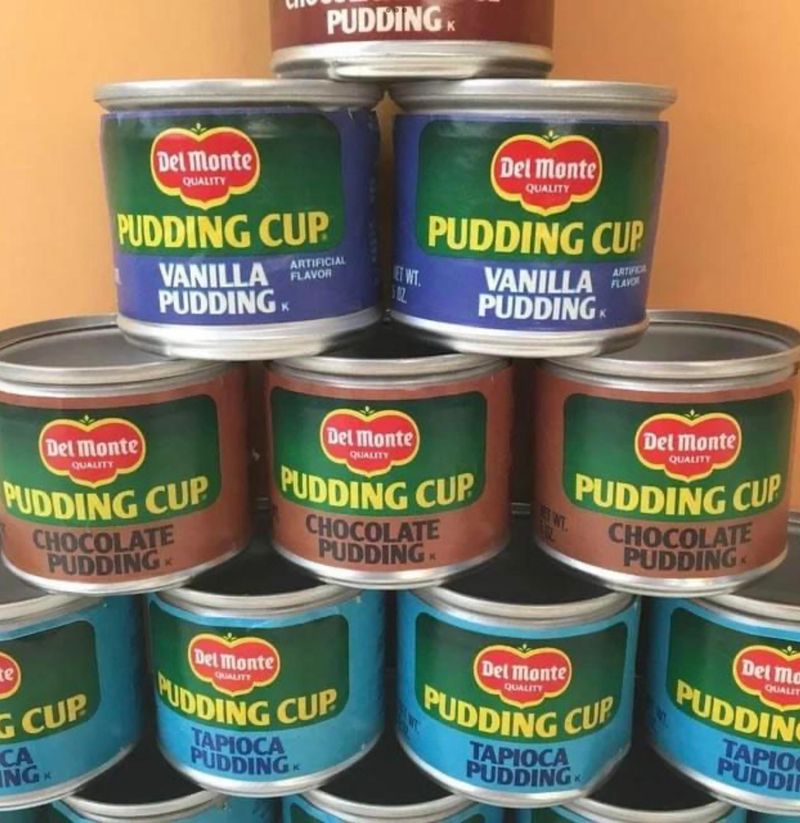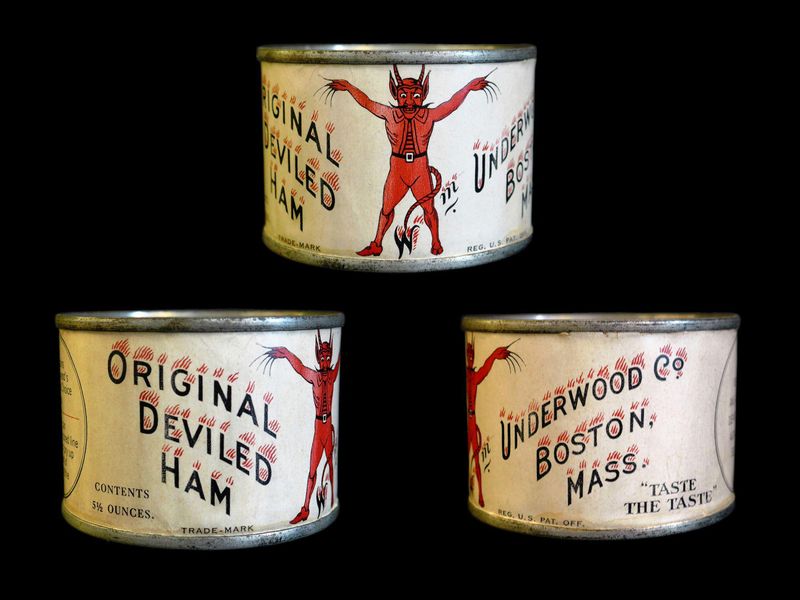The 1970s were a time of culinary experimentation, where convenience often trumped safety. Many foods and snacks from this era, beloved by families across the nation, would raise eyebrows today due to their questionable ingredients and preparation methods.
From bizarre Jell-O concoctions to deep-fried fare, each item on this list reveals a unique aspect of 1970s food culture that would likely fail modern safety standards.
Jell-O Salads with Suspicious Fillings
In the 1970s, Jell-O salads became a surprising staple at dinner tables. These often lurid-colored dishes were notorious for their odd fillings, like shredded carrots, canned tuna, or even mayonnaise.
These gelatinous concoctions were a testament to the era’s adventurous, albeit peculiar, culinary spirit. Such combinations were not only visually startling but also raised questions about taste and food safety.
Refrigeration standards weren’t as strict, and cross-contamination was a genuine concern. Today, these salads would likely be swapped out for more health-conscious and visually pleasing options, reflecting a shift in culinary practices.
Pop Rocks & Soda (The Urban Legend Snack)
Pop Rocks and soda were an iconic pairing responsible for one of the biggest urban legends of the ’70s. The combination was rumored to cause stomach explosions, an idea that terrified parents nationwide.
Though the myth was debunked, the real concern today would be the intense sugar content. Both Pop Rocks and soda are high in sugar, contributing to a growing awareness of diet-related health issues. Parents today might cringe at the idea of this sugar rush duo. Ultimately, the Pop Rocks and soda legend remains a nostalgic memory rather than a dietary staple.
TV Dinners in Aluminum Trays
TV dinners epitomized convenience during the 1970s, with meals served in aluminum trays that could be popped straight into the oven. The allure was undeniable: a full meal, ready in minutes, allowing families to eat in front of the television. However, today, concerns about aluminum leaching into food during heating would make this practice questionable.
Modern food safety standards emphasize minimizing exposure to metals and chemicals, leaving aluminum trays largely obsolete. Instead, today’s convenience meals focus on safer, eco-friendly packaging and healthier ingredients, reflecting a change in dietary consciousness and technology.
McDonald’s Fried Apple Pies (Before They Were Baked)
Before the baked version took over, McDonald’s apple pies were deep-fried to crispy perfection. These original pies were a hit due to their flaky, golden crust and piping-hot filling. However, they posed a significant risk due to their high temperature and fat content.
Biting into one often resulted in mouth burns, and health concerns over fried foods have only grown with time. Today, baked versions are preferred for both safety and health reasons. Despite the changes, the nostalgia for these hot, crispy desserts lingers, reminding us of simpler, albeit riskier, fast-food times.
Lead-Filled Lunchboxes & Thermoses
In the 1970s, children’s lunchboxes and thermoses were often made with materials now considered hazardous. Many were lined with lead-based materials, posing a severe risk of lead exposure. Parents unknowingly packed nutritious meals in containers that could leach toxic substances.
Today, lead in consumer products is heavily regulated, and safer materials like BPA-free plastics and stainless steel are standard. The shift highlights increased awareness and regulation surrounding consumer safety, ensuring that modern children are protected from such invisible dangers.
These retro lunchboxes now serve as collectibles rather than everyday items for schoolchildren.
Crisco (Used in EVERYTHING)
Crisco was a pantry staple in the 1970s, finding its way into nearly every baked or fried dish. Made from hydrogenated vegetable oil, it was prized for its ability to produce flaky pie crusts and crispy fried foods. However, Crisco contains trans fats, which are now known to contribute to heart disease.
Modern dietary guidelines recommend limiting trans fat intake, leading to a significant drop in Crisco’s popularity. Today, healthier alternatives like olive oil and butter are preferred, reflecting a shift toward more heart-conscious cooking practices while still preserving flavor and texture.
Unrefrigerated Cheese Balls
Cheese balls were the star of many holiday parties in the 1970s, proudly displayed on tables for hours on end. These giant, orange balls weren’t just a curious sight; they were a potential food safety hazard.
Without refrigeration, dairy products like cheese are prone to bacterial growth, making these snacks risky by today’s standards. Nowadays, guidelines stress the importance of keeping dairy at safe temperatures to prevent foodborne illnesses.
While the iconic cheese ball remains a nostalgic favorite, today’s versions are typically kept chilled, ensuring both safety and enjoyment for party-goers.
The “Real” KFC Recipe (Cooked in Lard)
In the ’70s, KFC’s famous recipe included cooking chicken in lard, a practice that enhanced flavor but packed an artery-clogging punch. Lard gave the chicken a distinctive taste and crispy texture, which fans adored. However, the use of animal fat is now discouraged due to its high saturated fat content, linked to heart disease.
Modern KFC uses healthier oils, reflecting a broader trend toward health-conscious cooking practices. While the original taste is fondly remembered, the move to vegetable oils represents a commitment to public health without sacrificing too much of the beloved flavor.
Swanson’s Chicken Pot Pies
Swanson’s Chicken Pot Pies were a comfort food favorite in the 1970s. These pies, packed with tender chicken, vegetables, and a creamy sauce, were convenient and satisfying. However, they also contained high levels of sodium, MSG, and preservatives, raising health concerns.
Today, there’s a greater emphasis on fresh, natural ingredients, and many ready-made meals have been reformulated to meet these demands. While Swanson’s pies still exist, the recipes have evolved to align with modern nutritional standards, offering a healthier version of a classic comfort dish without sacrificing taste or convenience.
Kool-Aid with an Absurd Amount of Sugar
Kool-Aid was a staple in many households during the 1970s, known for its vibrant colors and sweet flavors. However, the key to its taste was the copious amounts of sugar added during preparation. Parents poured sugar by the cupful into pitchers, creating a drink with an alarmingly high sugar content.
Today, the focus on reducing sugar intake has led to a shift in beverage choices, with many opting for water or low-sugar alternatives. The once-beloved sugary drink now serves as a cautionary tale in the quest for healthier lifestyles, highlighting the changes in dietary awareness.
Red Dye #2 Candies
Red Dye #2 was a common coloring agent in candies, sodas, and other treats during the 1970s. Its bright hue made snacks more appealing, particularly to children. However, concerns about its potential carcinogenic effects led to its ban in 1976. Today, food safety regulations are stricter, and artificial dyes are often scrutinized or replaced with natural alternatives.
The legacy of Red Dye #2 serves as a reminder of the evolving understanding of food additives and their health implications. Modern consumers are more informed and cautious, favoring products free from potentially harmful ingredients.
Bologna Sandwiches Left in Lunchboxes for Hours
Bologna sandwiches were a lunchbox staple in the 1970s. These simple sandwiches were often packed in non-insulated containers, left to sit unrefrigerated for hours. The lack of temperature control presented a risk for bacterial growth, particularly in processed meats like bologna.
Today, food safety guidelines emphasize the importance of keeping perishable items chilled to prevent foodborne illnesses. Parents now use insulated lunchboxes and ice packs to ensure food remains safe until consumed. This shift reflects a broader awareness of food safety, ensuring that children’s lunches are both delicious and safe to eat.
Mystery Meat in School Lunches
School lunches in the 1970s often featured “mystery meat”—a term used for meats of unknown origin or type, frequently served in a thick gravy. The lack of transparency about ingredients raised concerns among parents and students alike. Today, school lunch programs are under stricter regulations, requiring transparency and higher nutritional standards. Ingredients are labeled, and efforts are made to provide healthier, balanced meals.
The “mystery meat” phenomenon highlights the contrast between past and present approaches to school nutrition, underscoring the push for better food quality and safety in educational settings.
Tang (aka Astronaut Juice)
Tang, famously known as the drink of astronauts, was a popular powdered beverage in the 1970s. Its vibrant orange color and tangy flavor appealed to many, but it was packed with artificial flavorings and sugar. Today, health-conscious consumers are more aware of the impact of additives and opt for natural juice or water.
The nostalgia for Tang remains, but its place as a dietary staple has faded. Healthier beverages have taken precedence, reflecting a broader shift toward better nutritional choices. Tang serves as a symbol of a fun, innovative era but with a more cautious approach today.
Spam Straight from the Can
Spam, a canned meat product, was a versatile and convenient food choice in the 1970s. Often eaten straight from the can or fried, it was ubiquitous in many households. However, concerns about its high sodium content and preservatives have since emerged. Modern diets emphasize fresh, minimally processed foods, leading to a decline in Spam’s popularity.
While Spam still has a dedicated fan base, it’s now more of a nostalgic treat than a dietary staple. This shift reflects a broader trend toward healthier eating habits, prioritizing fresh ingredients over processed convenience.
Tuna Casseroles with Canned Soup
Tuna casseroles were a common comfort dish in the 1970s, typically made with canned tuna, canned cream soups, and topped with crushed potato chips. While undeniably tasty, these casseroles were high in sodium and preservatives. Today, there’s a greater emphasis on using fresh ingredients and reducing processed foods in home cooking.
Many recipes have been updated to include whole foods and low-sodium options, aligning with modern health trends. The classic tuna casserole remains a beloved dish, but its preparation has evolved to meet today’s nutritional standards, providing comfort without compromising health.
Candy Cigarettes
Candy cigarettes were a controversial treat in the 1970s, mimicking the appearance of real cigarettes. While they contained no tobacco, their implication was clear, encouraging children to imitate smoking. Health advocates criticized their potential to normalize smoking behavior.
Today, candy cigarettes have largely vanished from store shelves, replaced by more appropriate treats. This change reflects a growing awareness of the impact of marketing on children’s health and behavior.
The candy cigarette debate highlights the evolving understanding of how product choices can influence young minds, leading to more responsible approaches in confectionery marketing.
Deep-Fried Everything at the Fair
Fairs in the 1970s were known for their wide array of deep-fried foods, from Twinkies to even more bizarre choices like fried butter. While undeniably delicious, these treats posed significant health risks due to their high fat and calorie content. Today, there’s a growing movement towards healthier fair food options, offering baked and grilled alternatives.
The deep-fried tradition, though nostalgic, serves as a reminder of changing attitudes towards health and nutrition. While fairgoers still indulge, there’s an increasing demand for balance, ensuring that treats can be enjoyed without compromising health.
Pudding Cups in Metal Cans
In the 1970s, pudding cups were often packaged in metal cans, making them a staple in lunchboxes and pantries. These containers, however, posed risks with their sharp edges and the potential for metal contamination. Today, food safety standards have shifted towards safer, BPA-free packaging, reducing consumer risk. Plastic cups with peel-back lids are now the norm, ensuring safer handling and storage.
The transition from metal to more secure materials highlights the ongoing evolution of packaging in response to safety concerns. While the creamy dessert remains popular, its packaging has adapted to modern standards.
Deviled Ham in a Can
Deviled ham was a convenient, spreadable meat product found in many homes during the 1970s. Packaged in small cans, it was a common addition to lunchboxes and picnic baskets. However, its high sodium content and preservatives raised health concerns.
Today, people are more conscious of processed meats, opting for fresh alternatives with fewer additives. The shift towards healthier options reflects a broader trend in dietary habits, prioritizing natural ingredients over convenience. Deviled ham now serves as a nostalgic reminder of a time when convenience often overshadowed nutritional value.
